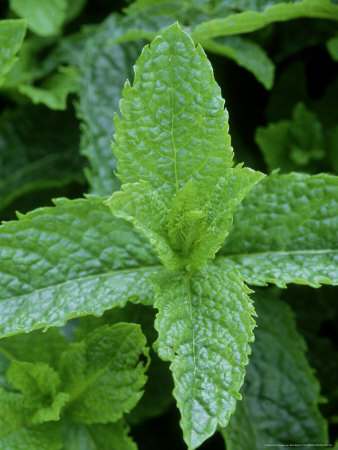
He was not allowing the pan to heat up before he dumped in the eggs!
Now in case you're not aware, cast-iron cookware can get very expensive, especially when you get into the antiques (many of my pots and pans are over seventy-five years old, and one is over a hundred years old).
A light in my brain went on, because we need to understand a little of materials science to cook food in cast-iron without having it stick.
When food hits a cold (even greased) pan, the raw food touches the pan, and there is the potential for sticking. But when food hits a hot greased pan, the moisture on the surface of the food turns to steam, forming a small barrier between the food and the fat. The steam (being at 212°F, or 100°C) starts to cook the food. Then the surface of the food cooks in the fat that forms the barrier between the food and the pan, before it ever touches the pan. As we all know, the texture of food changes when it is cooked. Therefore the food that hits a hot pan doesn't stick because only the finished (cooked) surface touches the pan.
So part of the key to having your supposedly non-stick cast-iron pans work properly is simply to allow the pan to heat up hot enough to cook the food while it is still empty.
If you're constantly having to clean up messes in your cast-iron cooking pots and pans, I think you'll find that they come out a lot cleaner if you try this.
